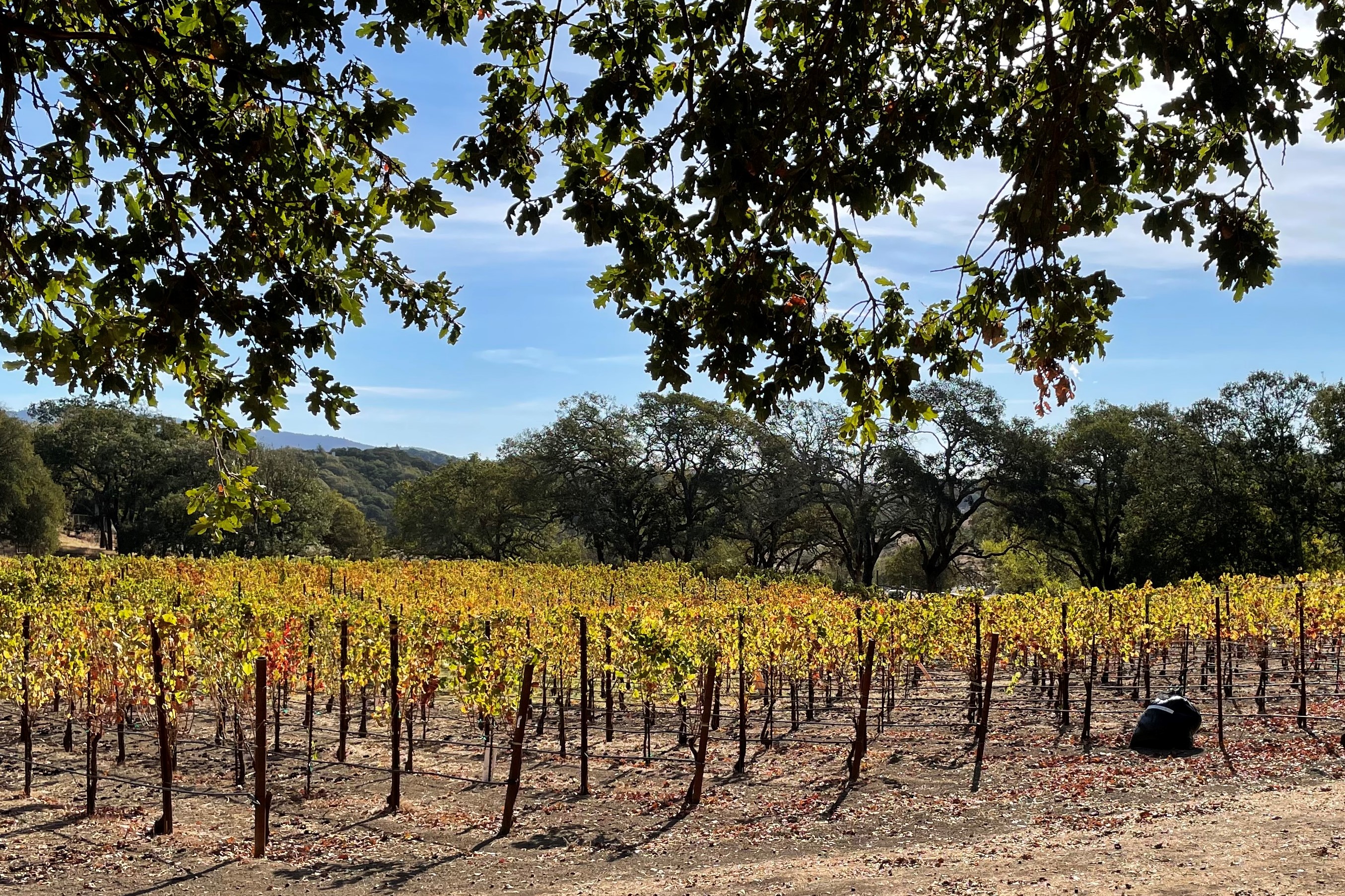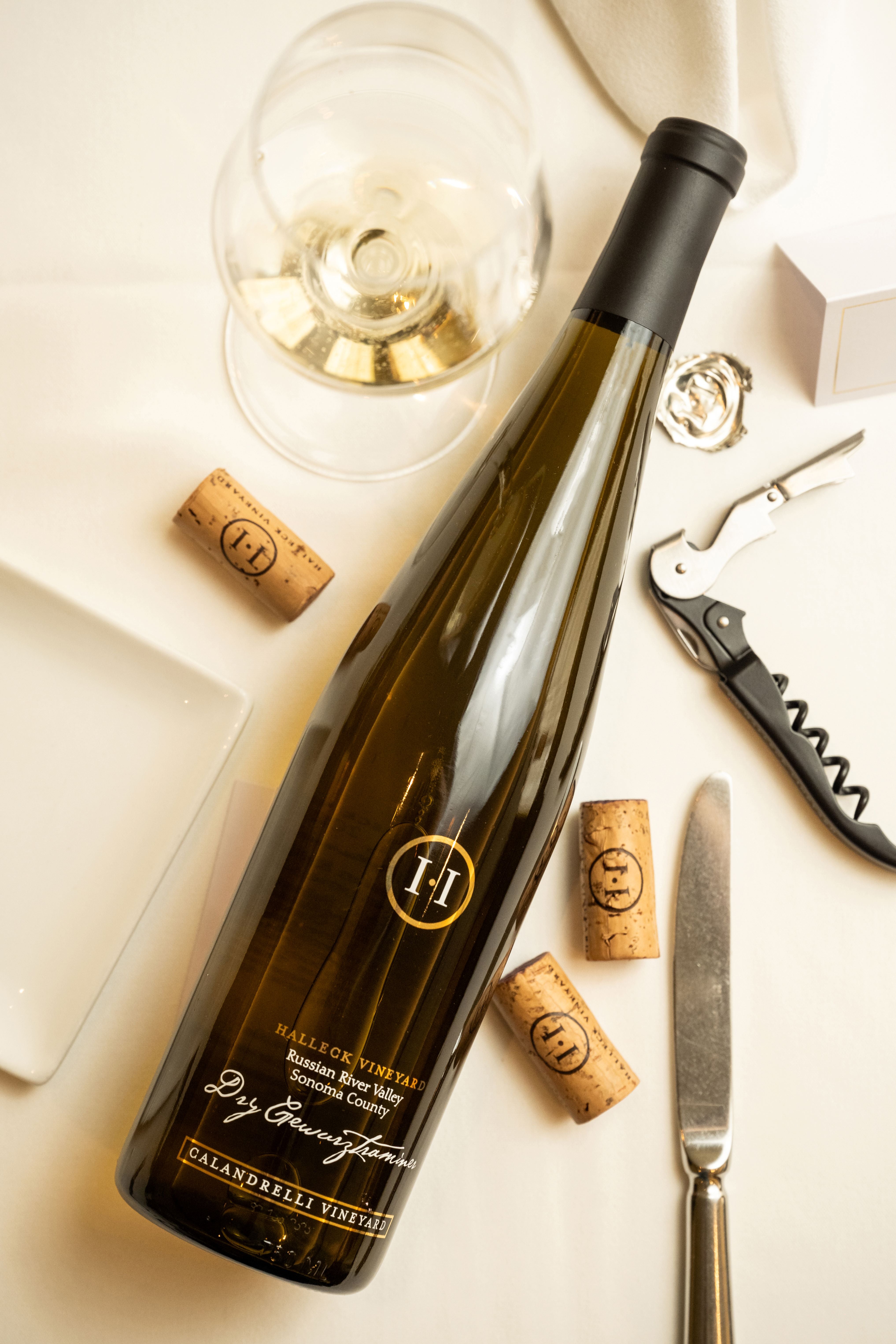Intimate Wine Tasting Experiences In Sonoma - Discovering Sebastopol's Wineries
Intimate Wine Tasting Experiences In Sonoma - Discovering Sebastopol's Wineries
Blog Article
Wineries Providing Guided Vineyard Walks - Sonoma Vineyard Tours
Wine tasting is an art that combines sensory experience with an appreciation for the nuances of different varietals. How to gauge flavors in winery wine tasting classes is pivotal to greedy the complexities of wine.
Participating in a wine tasting involves more than simply sipping and savoring. It requires a centered method to establish aromas and flavors that every wine presents. As you start, observe the wine's appearance, noting its color and clarity. These visible cues often counsel a wine’s age, grape selection, and even potential flavor profiles.
The subsequent step within the tasting process is to swirl the wine in your glass. This action releases aromatic compounds that are important for analysis. Lean in and take a second to inhale deeply; the aromas can vary from floral and fruity to spicy and earthy. The nose of the wine is just as necessary because the palate, and recognizing scents performs a big role in understanding the overall experience.
When taking your first sip, enable the wine to maneuver across your palate - Innovative Wine-Making Techniques In Sonoma Valley. Discover the initial flavors that present themselves. Is the wine fruity, floral, or perhaps herbaceous? This preliminary style provides insight into what the wine is prone to specific as you proceed to evaluate it. The mouthfeel additionally contributes to the general flavor experience; it can be silky, tannic, or even effervescent.
Vineyard Picnic Spots In Sonoma Valley - Greatest Wine Tasting Locations In Sonoma
As you continue tasting, pay consideration to the wine’s steadiness. A well-balanced wine will harmonize acidity, sweetness, and tannins. If one component overwhelms the others, it might point out a much less desirable quality. Evaluating stability might help you identify how properly the wine might pair with food.
Transitioning to the finish, consider how the flavors evolve because the wine lingers in your palate. A lengthy, pleasant finish can point out a high-quality wine, whereas a brief or abrupt finish might counsel in any other case. Mirror on whether the flavors remain constant or if new notes emerge because the wine settles. This progression can reveal complexities and intricacies that might not have been apparent within the preliminary tasting.
Temperature is also a crucial factor in evaluating wine flavors. Different forms of wine are optimally loved at specific temperatures. White wines often shine when chilled, whereas purple wines generally carry out greatest at room temperature. When tasting, ensure the wine is at the acceptable temperature to totally respect its character.
Wineries Near Sonoma Square - A Guide To Sonoma Wineries
Pairing food with wine can significantly improve the tasting experience. Foods can affect the notion of flavors in wine, both highlighting sure characteristics or diminishing them. When evaluating flavors, contemplate how the wine interacts with totally different foods, noticing which flavors are amplified or muted (Wineries Showcasing Local Art And Crafts).
Think About the influence of terroir as you engage in a winery tasting. Terroir encompasses the unique environmental factors that have an result on grape growing, including soil composition, local weather, and geography. Understanding a wine's terroir can present perception into its flavors and aromas, fostering a deeper appreciation for the alternatives made throughout its cultivation and production.
Schooling plays a basic function in enhancing one's capacity to judge wine flavors. Studying about grape varieties, wine regions, and manufacturing strategies can pave the means in which for extra knowledgeable judgments during tastings. Additionally, attending workshops or classes can refine sensory skills and expand your flavor vocabulary, enabling you to articulate tasting notes more successfully.
Lastly, it's essential to do not neglect that evaluating wine flavors is a highly personal experience. Particular Person preferences and perceptions will invariably shape one’s tasting journey. Enjoyment ought to be at the forefront, with the analysis process acting as a tool to boost understanding and appreciation rather than create rigid pointers.
Wineries With Sustainable Practices - Sonoma Wine Tasting Spots
In conclusion, mastering the means to evaluate flavors in winery wine tasting sessions involves a mixture of sensory engagement, knowledge, and practice. By learning to determine aromas, assess the stability, and recognize the intricacies of read the full info here flavor, wine enthusiasts can deepen their connection to every bottle they encounter. As with any art form, the more one immerses themselves in the experience, the more they'll uncover and benefit from the huge world of wine.
- Start by observing the wine's color and clarity, as these visual elements can hint at its flavor profile and getting older potential.
- Swirl the wine gently in your glass; this releases fragrant compounds, permitting you to higher establish the complex scents associated with the wine.
- Take a deep inhale before tasting, focusing on both primary and secondary aromas to gather insights on fruits, spices, and other nuances.
- When tasting, allow the wine to coat your palate; note the initial flavors, the mid-palate complexity, and the finish as these stages can provide different flavor highlights.
- Pay attention to texture and mouthfeel, as elements similar to tannin levels, acidity, and sweetness contribute significantly to the overall tasting experience.
- Evaluate flavors towards normal wine characteristics; for purple wines, consider berry notes, oak affect, and natural tones, whereas whites might embrace citrus, stone fruits, and floral hints.
- Take notes through the tasting session to trace your impressions, helping you to remember and evaluate the different wines sampled.
- Discuss your findings with fellow tasters or winery workers, as sharing insights can improve understanding and appreciation of particular person flavors.
- Permit time for the wine to breathe; sometimes, flavors evolve and reveal new dimensions after being uncovered to air.
- Experiment with food pairings in the course of the tasting as they will dramatically alter how flavors are perceived, influencing general enjoyment.undefinedWhat should I search for when evaluating the aroma of wine throughout a tasting?
Begin by swirling the wine in your glass to release its aromas. Bring the glass to your nostril and take a deep breath. Pay consideration to the first scents you detect, as these are sometimes probably the most outstanding. Look for fruit, floral, herbal, or earthy notes and attempt to determine specific characteristics, which is ready to deepen your understanding of the wine's complexity.
Unique Wine And Food Pairings In Sonoma - Exploring Sonoma's Wine Landscape

How can I distinguish between completely different flavor profiles in wine?
Perceive that flavor profiles are sometimes categorized as fruit, floral, herbaceous, spicy, or mineral. Take small sips and allow the wine to coat your palate. Discover the first flavors that emerge first and the refined notes that follow. This layering is crucial in distinguishing the wine's traits and will allow you to appreciate its distinctive profile.
Wineries Promoting Sustainable Farming - Sonoma Wine Tasting Tour
What is the importance of the wine's texture in a tasting?

The texture of the wine, also referred to as mouthfeel, performs a crucial function in how we perceive flavors. Pay attention as to whether the wine feels smooth, creamy, or gritty. The physique of the wine (light, medium, or full) can improve or contrast with flavors, offering a extra rounded experience during tasting.
How do I assess the stability of flavors in wine?
Steadiness in wine refers to the concord between acidity, sweetness, tannin, and alcohol. Take a moment to assess whether or not these components complement or interfere with each other. A well-balanced wine could have none of its components overpowering the others, creating a pleasing tasting experience.
Unique Wine And Food Pairings In Sonoma - Sonoma Area Winery For Tasting
What position does temperature play in evaluating wine flavors?
Temperature can considerably influence the notion of flavors. Generally, pink wines are best served barely below room temperature, whereas white wines take check my blog pleasure in being chilled. As the temperature changes, the aromas and flavors can shift, permitting you to understand totally different traits. It’s essential to style wine at its optimum temperature for true evaluation.
Wineries That Offer Barrel Tastings - Sonoma Valley Vineyards And Wine Tasting
How can I improve my tasting skills over time?
Practice is essential to improving your tasting skills. Wineries Featuring Vineyard Tours. Attend tastings, hold a journal of your experiences, and explore different sorts of wines to broaden your palate. Moreover, learning about wine production and grape varieties can present context that enhances your evaluation process, making you a extra knowledgeable taster.
Is there a specific order by which I ought to taste the wines?
Interactive Wine Tasting Experiences In Sonoma - Sonoma Wine Culture
Yes, it’s advisable to style wines from light to full-bodied and dry to candy. This progression prevents the stronger flavors from overshadowing the more delicate ones, permitting you to totally appreciate each wine's characteristics and nuances with out palate fatigue.
How can I consider the aftertaste of wine?
Wineries With Picnic Areas - Top Wineries To Visit In Sebastopol
The aftertaste, or end, is a crucial side of the wine-tasting experience. After swallowing, take note of how lengthy the flavors linger on your palate and whether they change. A long, pleasant end is commonly an indicator of a high-quality wine, whereas a brief or unpleasant finish may counsel in any other case.
Why is it essential to note the wine’s acidity during tasting?
Acidity contributes to the overall freshness and construction of the wine. Pay consideration to the tingling sensation on your tongue; higher acidity can improve the wine's liveliness and steadiness out sweetness. Noting acidity helps decide the wine's versatility with food and its growing older potential.
What should I do if I battle to determine specific flavors in wine?
Vineyard Tours With Guided Tastings In Sonoma - Sebastopol's Vibrant Wine Scene
Struggling to determine flavors is common, especially for beginners. Focus on broader categories and describe what you can recognize, such as candy or earthy notes. With practice, studying about completely different flavor profiles, and maybe utilizing flavor wheels, you will refine your senses and develop a more nuanced approach to tasting. Report this page